José Caballero, born in Huelva in June 1915 and died in Madrid in May 1991, is a Spanish painter.
José Caballero studied at the Padres Agustinos school and completed his baccalaureate at the Huelva Institute, where he showed a certain talent for drawing. In the 1920s, he met the poet Adriano del Valles. In 1924 his father died, leaving his family in a very difficult economic situation.
In 1930 he moved to Madrid to study industrial engineering, which he abandoned two years later to join the Royal Academy of Fine Arts in San Fernando. He also took classes in the studio of Daniel Vázquez Díaz, whom he knew in Huelva, painting the murals of the Monastery of La Rábida. Thanks to his master, he came into contact with the most remarkable artists and intellectuals of the moment. Shortly after, he collaborated with artists such as Federico García Lorca in an exhibition at the Ateneo de Huelva, which was so controversial that it was closed at the very moment of its inauguration.
In 1933 he frequently visited the Uruguayan constructivist painter Joaquín Torres García, and a year later the sculptor Alberto Sánchez Pérez, from whom he learned a lot. That same year Federico García Lorca incorporated him into the La Barraca University Theater, where he provided several designs for the company's plays.
He also designed the scenography for the play Historia de un soldado at the Madrid Student Residence. It was there that he became friends with Pablo Neruda, Rafael Alberti, Miguel Hernández, Maruja Mallo and Luis Buñuel.
The year 1935 represents for the artist a creative stage very linked to Spanish surrealism. He created three posters with Adriano del Valle in the Ateneo de Sevilla and illustrated poems by Federico García Lorca and Pablo Neruda. He also contributes to avant-garde magazines such as Cruz y raya, Noreste, Línea and Caballo Verde para la poesía or for the Primera Feria de dibujo of the Sociedad ibérica de artistas (first drawing fair of the Iberian Society of Artists).
with the arrival of the Spanish Civil War, several of these artists went into exile or disappeared. This is not the case for José Caballero, who the war will overtake and enlist to draw maps. After the conflict, he carried out numerous works as a decorator for cinema, theater and dance (ballets of Pilar Lopez in Madrid, London and Paris). He collaborated with great directors of the Spanish scene and this work was immortalized in numerous photos by photographer Juan Gyenes in the 1940s and 1950s.
In 1949, he created his first painting for the Spanish Tourist Office and illustrated several books of poetry. His success was notable until in 1950 he was invited to the 25th edition of the Venice Biennale and then held his first major individual exhibition in Madrid, in the Clan gallery. It was then that he became interested in expressionism and in 1953 he exhibited in the Reina Sofía Museum in Madrid. In 1957 he met Pablo Picasso in Paris. A change then gradually takes place in him and in his work, more abstract, in which he includes different elements such as mixed techniques or collages specific to the materialism of Antoni Tàpies, or which he brings back from his travels, like that in Turkey , where he will try his hand at geometry.
Several exhibitions of his work will take place in the years that follow.
In 1972 he organized an anthological exhibition in Huelva, where he had previously carried out several works for the Provincial Council. The following year, one of his exhibitions was censored by the Ministry of the Interior.
In 1984 he received the National Plastic Arts Prize. Golden wooden frame with glass pane
68.5 x 57.5 x 4 cm
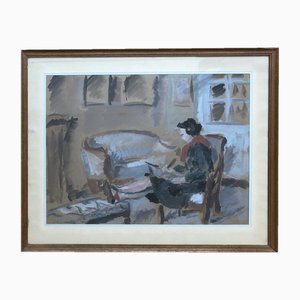

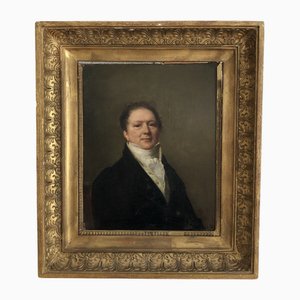
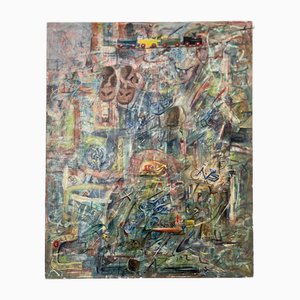
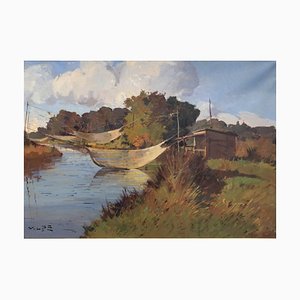
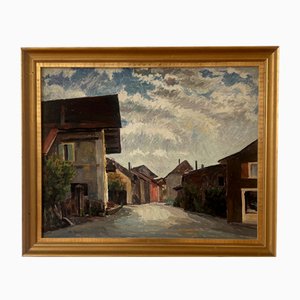
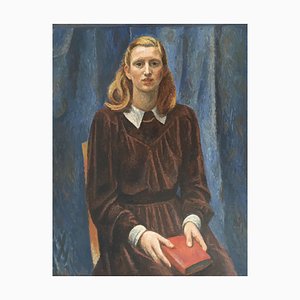
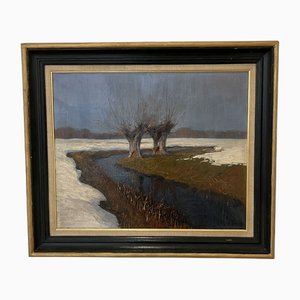
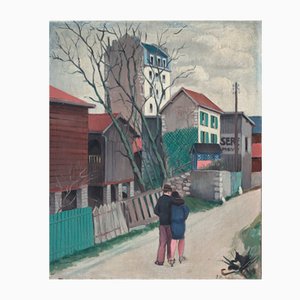


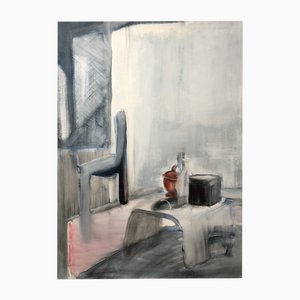
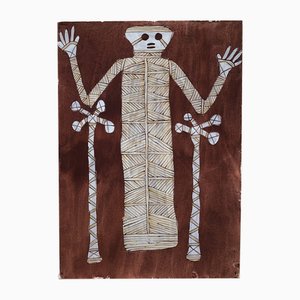
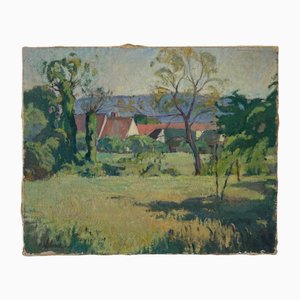
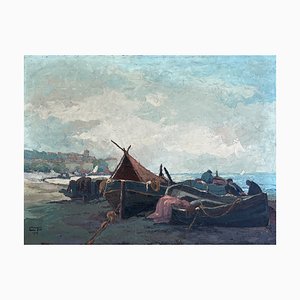
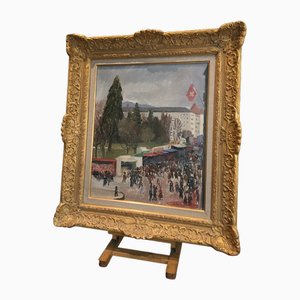
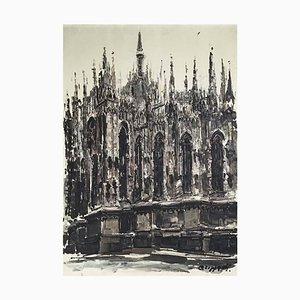
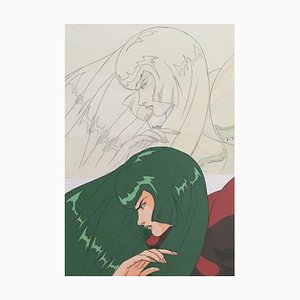
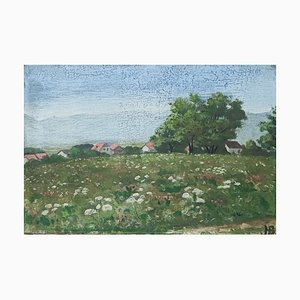
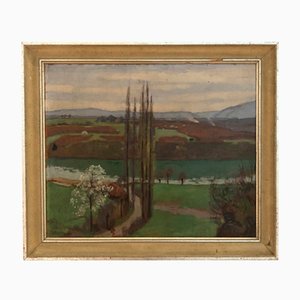
Get in Touch
Make An Offer
We noticed you are new to Pamono!
Please accept the Terms & Conditions and Privacy Policy
Get in Touch
Make An Offer
Almost There!
To follow your conversation on the platform, please complete the registration. To proceed with your offer on the platform, please complete the registration.Successful
Thanks for your inquiry, someone from our team will be in touch shortly
If you are a Design Professional, please apply here to get the benefits of the Pamono Trade Program